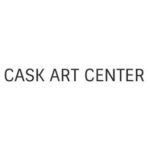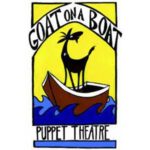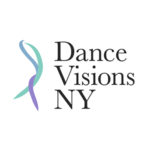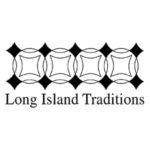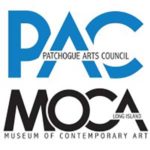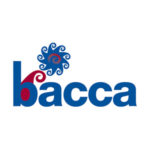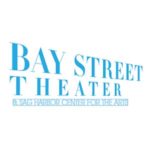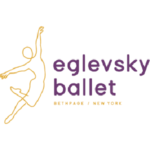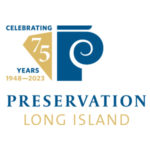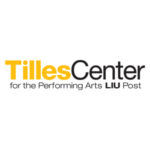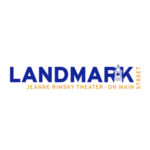AEP6: Long Island
303 nonprofit arts organizations surveyed
890 arts event attendees surveyed
Top 6 Takeaways
Download a list of the top 6 takeaways or talking points you can use from the data gathered during our 2022-2023 study. It’s only one page long.
Full AEP6 Report for Long Island
Download and view the full, 60-page Arts & Economic Prosperity Study 6 report for Long Island.
Summary
Download the 2-page data summary for Long Island. Outlined in the document are the economic impacts of non-profit arts and culture sector spending, breakdowns of event-related spending, and the social impact of art and culture events on their audiences.
Calculator
This calculator, specifically designed for Long Island, allows you to estimate your economic impact using two numbers: the total number of audience members and the total budget for your organization.
Social Media
Share this information. Educate our community, educate our elected leaders, educate policy makers - Arts are businesses and an important part of our local economies. Share images on social media to show your support and spread the word to your followers. We can’t do it alone!
Events
Community Conversations: The Economic and Social Impact of Art and Culture on Long Island
Join Long Island Arts Alliance and Randy Cohen, Vice President of Research at Americans for the Arts, for an engaging presentation on the economic impact of Long Island's arts and culture activities as they relate to the greater state and nation.
These events are intended for audiences including, but not limited to: arts and culture coordinators, tourism providers and coordinators, economic development managers, foundation and funding managers, business managers centered on hospitalities, individual creatives, elected officials and municipal decision-makers.
Events are free; registration is required!

About AEP6:
The newly released Arts & Economic Prosperity 6 (AEP6) is an economic and social impact study of the nation’s nonprofit arts and culture industry. Building on its 30-year legacy as the largest and most inclusive study of its kind, AEP6 provides detailed findings on 373 regions from across all 50 states and Puerto Rico—ranging in population from 4,000 to 4 million—and representing rural, suburban, and large urban communities.
In partnership with Americans for the Arts, Long Island Arts Alliance coordinated the study of Nassau and Suffolk Counties with generous funding from the Long Island Community Foundation. Over the past year, we have gathered insights from almost 1,000 attendees at various arts and culture events throughout Nassau and Suffolk to report on the social and economic impact the creative sector has on the Island. We've connected with over 400 cultural nonprofits, as well as other stakeholders, to understand the arts landscape's role in COVID recovery.






